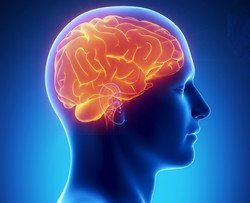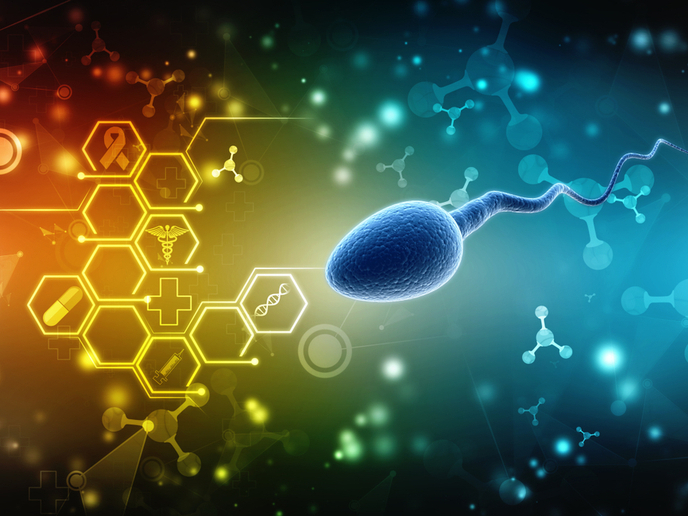Fibrinogen and brain regeneration
The ability of the CNS to regenerate is limited. Neural stem cells (NSCs) have the inherent potential to differentiate into neurons and glia. However, after brain injury or neurologic disease, neurogenesis is incomplete because of changes in the extracellular environment. Perhaps the most significant difference is that fibrinogen, the main protein involved in vertebrate blood clotting, is deposited in the nervous system after changes in neurovascular homeostasis. In previous work, researchers found that fibrinogen is an inhibitor of neuronal regeneration and an activator of astrocyte (glia) scar formation. The EU-funded project FIB (Molecular mechanisms of fibrinogen function regulating NSC differentiation in CNS injury or disease) has studied fibrinogen as a new factor that changes NSC fate in CNS disease. The function of the blood-brain barrier (BBB) is to protect the brain microenvironment from the influx of plasma components, which may disturb neuronal functions. Blood components immediately leak into the brain after traumatic damage or as a consequence of a compromised BBB in brain disease. In the first stage of the project, researchers used stab wound injury as a model of brain trauma that induces BBB opening. They found that the injury led to fibrinogen deposition in the extracellular environment of NSCs in the brain. In an in vitro model system, NSCs differentiate into neurons, astrocytes and oligodendrocytes. In vitro migration assays on laminin-coated surfaces demonstrated the inhibitory role of fibrinogen on NSC migration. Fibrinogen also inhibits the expression of genes linked with the cell cycle and induces bone morphogenetic protein (BMP)-linked expression. BMP pathway inhibition prevents fibrinogen-induced NSC differentiation into astrocytes. As a result, lowering the amount of fibrinogen could lead to the formation of new neurons after injury in the cortex. Deciphering the role of fibrinogen in the development of brain injury could also aid in the understanding of neuronal regeneration in other brain diseases. These experiments promise to lead to the development of novel therapeutic approaches for diseases involving the brain barrier.







